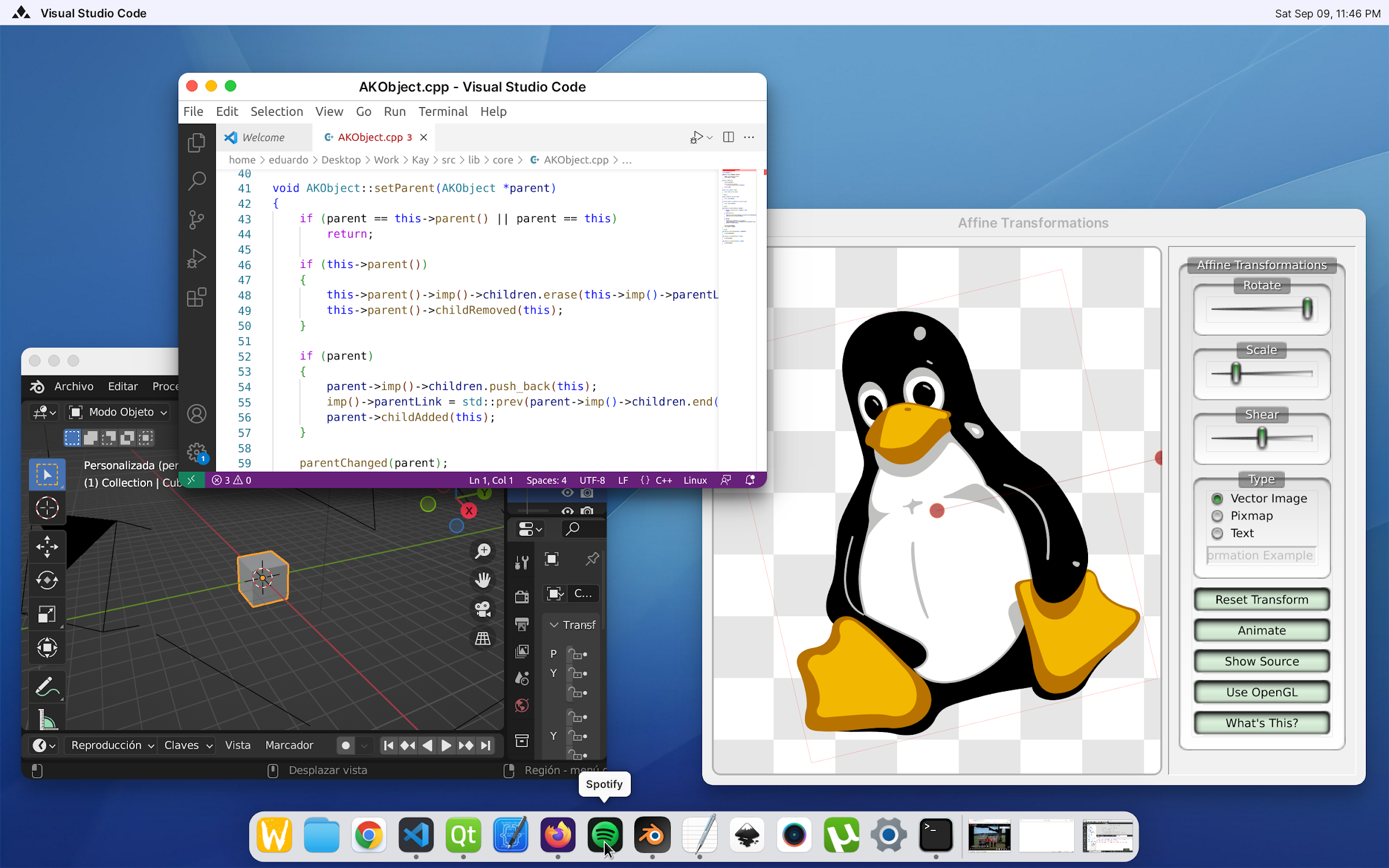this post was submitted on 14 Nov 2023
231 points (99.1% liked)
Linux
48965 readers
1234 users here now
From Wikipedia, the free encyclopedia
Linux is a family of open source Unix-like operating systems based on the Linux kernel, an operating system kernel first released on September 17, 1991 by Linus Torvalds. Linux is typically packaged in a Linux distribution (or distro for short).
Distributions include the Linux kernel and supporting system software and libraries, many of which are provided by the GNU Project. Many Linux distributions use the word "Linux" in their name, but the Free Software Foundation uses the name GNU/Linux to emphasize the importance of GNU software, causing some controversy.
Rules
- Posts must be relevant to operating systems running the Linux kernel. GNU/Linux or otherwise.
- No misinformation
- No NSFW content
- No hate speech, bigotry, etc
Related Communities
Community icon by Alpár-Etele Méder, licensed under CC BY 3.0
founded 5 years ago
MODERATORS
you are viewing a single comment's thread
view the rest of the comments
view the rest of the comments

Lets see if I got this right, you (the OP), the creator of Louvre, managed to create an example compositor that looks like a better desktop experience than the entire KDE and GNOME teams could ever develop with their infinite wisdom and funding? Fucking amazing. :)
I know this is an example, but seriously following the "copy apple down to the last pixel" approach you should consider creating a DE for Linux that doesn't have themes or any user tweaks, just a simple and pixel-perfect copy of macOS. The problem with GNOME and KDE is that they both fail in simple design principals such as proportions, item spacing and whatnot while Apple, and you by extension, excels in that aspect.
Furthermore my personal opinion is that GNOME tries to reinvent everything and ends up fucking things up and creating situations like the lack of desktop icons going into the activities view by default etc. KDE however does some other stuff right but they fail really badly in terms of proportions and item spacing. Their taskbar is also a shame, for a group that says they want to copy Windows' style they aren't doing that well.
Desktop experiences when it comes to design peaked with macOS Monterey (after that Apple did changes to the settings that are still not polished) and in terms of usability they peaked with the release of Exposé, Spaces and later their integration on Mission Control (initially bad but now they seem better).
If you do create a 1:1 copy of macOS desktop experience (and keep it updates) as a new DE you'll most likely become very popular in no time. It doesn't need themes, customization and all the personalization that would make it really hard to create, just a simply pixel perfect copy of macOS.
Thanks! While I may have nailed server-side decorations in that example, as you know, there is too much other stuff to take into account to make a DE actually functional. So, I respect a lot what KDE and GNOME do and the innovations they make. I actually want to create a macOS clone, hahaha. That is one of the reasons I started this project. I will soon continue working on a library for exposing global menus in Wayland/X11. Qt allows defining a custom platform plugin, enabling us to plug external systems for managing global menus. Sadly, I think GTK4 no longer supports that, so I believe an approach would be to display a standard menu with basic functions for apps that don't support it.
Ohh, that's cool. How far do you want to go with this? I had the idea of using a custom wayland protocol to make per-app global menus instead of per-window so you can have an app open without any windows, like on macOS, in the compositor I wanted to write. However writing a compositor using wlroots is still incredibly difficult if you have no prior experience so the whole thing didn't get very far yet. If that's something you want to do too, I'd be very interested in this.
(Speaking of, why did you decide not to build this on top of wlroots?)